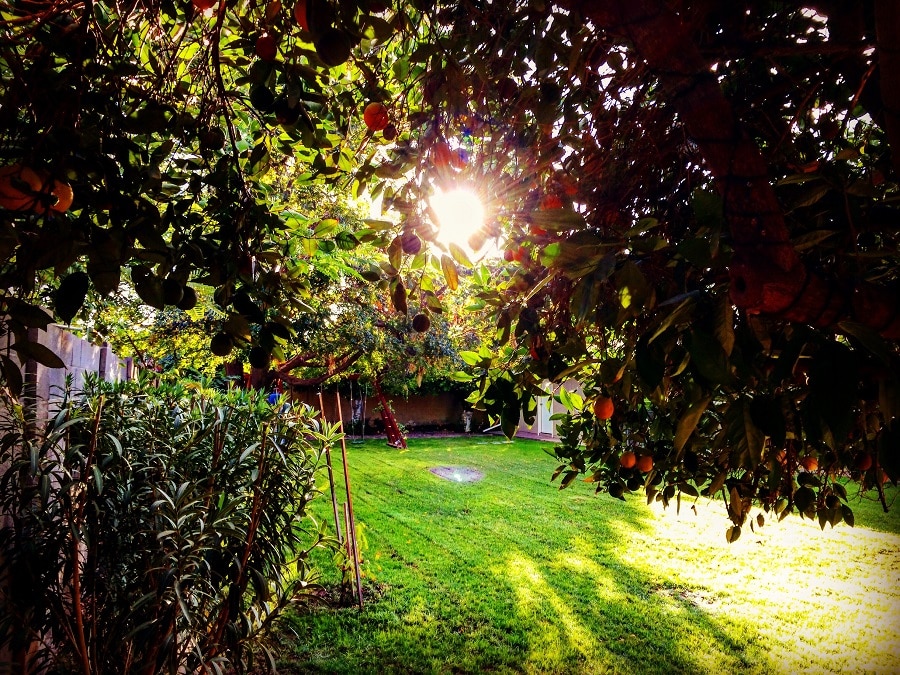Artificial turf, also known as synthetic grass or fake grass, has become increasingly popular over the years as a low-maintenance alternative to natural grass. While it has its advantages, it also has some disadvantages that homeowners should consider before deciding whether or not to install it in their yard. This article will explore the pros and cons of using artificial turf for your lawn to help you make an informed decision.
Contents
The Invention Of Artificial Turf
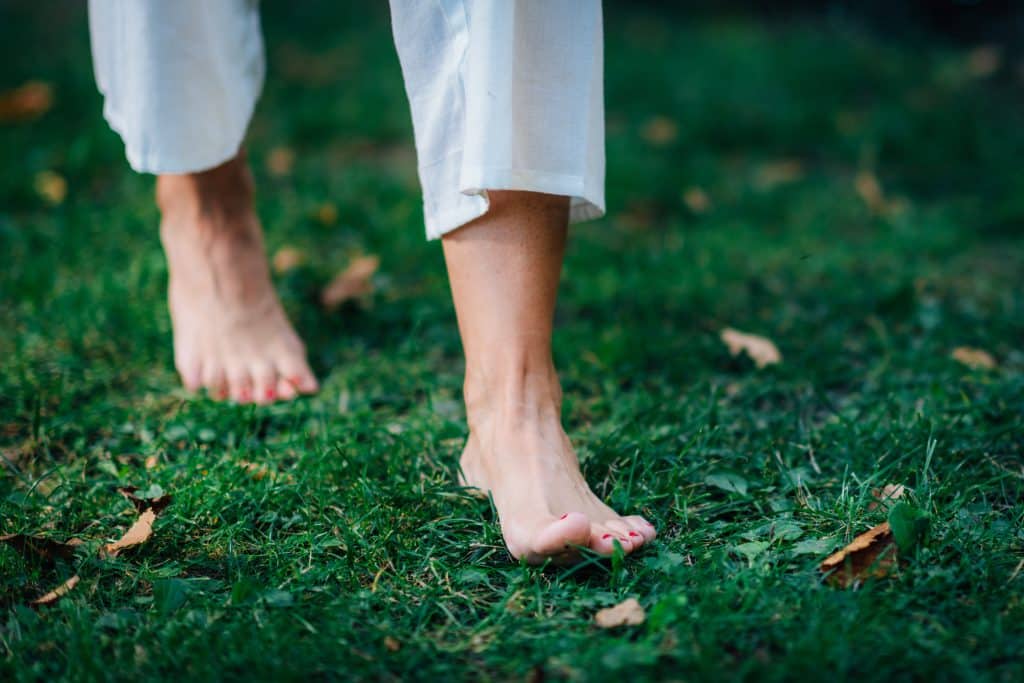
The invention of artificial turf has a rich history steeped in scientific innovation. Its composition and function have advanced over time, with the first versions made of nylon and later switching to polypropylene and polyethylene. Initially created in the 1960s as a solution to natural grass in sports fields suffering from wear and tear, synthetic turf has since become a popular alternative in landscaping, residential lawns, and even indoor playgrounds.
Additionally, artificial turf is now designed to mimic the look and feel of natural grass, with the added benefits of being more durable and requiring less maintenance. The invention of this innovative material has revolutionized the landscaping and sports industries and continues to be a popular choice for various applications.
Pros Of Artificial Turf
It’s no secret that artificial turf has several advantages. Below are a few of the most notable benefits:
Low Maintenance
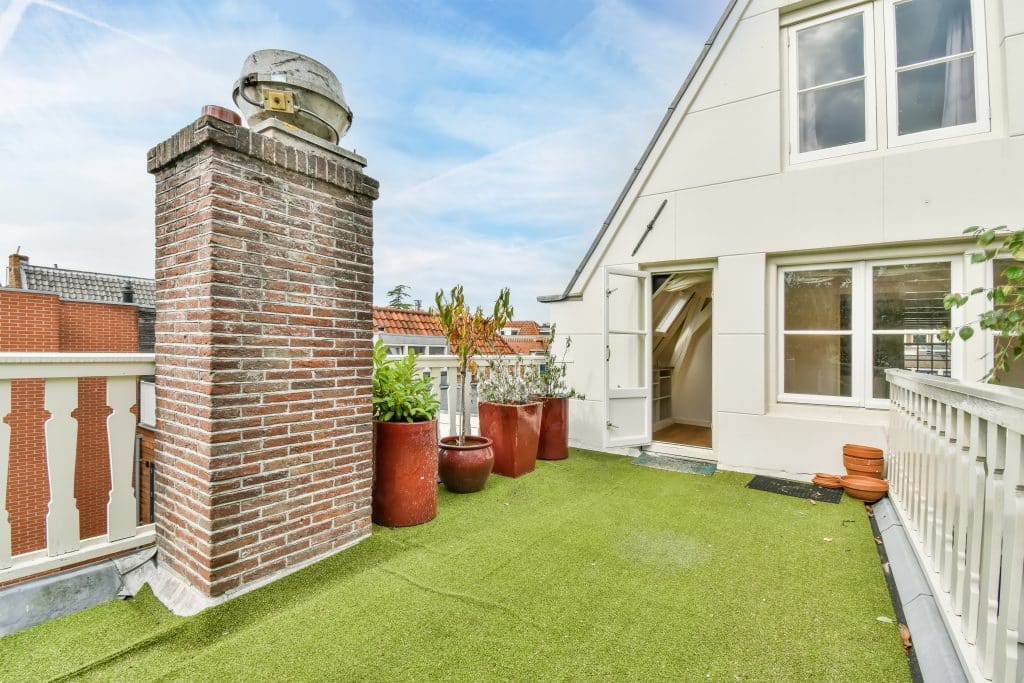
One of the most significant advantages of artificial turf is that it requires very little maintenance. Unlike natural grass, it does not need to be watered, mowed, or fertilized. In the long run, this can save you significant time and money, as you won’t need to invest in expensive lawn care equipment or pay for costly water bills. Artificial turf also eliminates the need for pesticides and herbicides, which can harm the environment and your health.
Durability
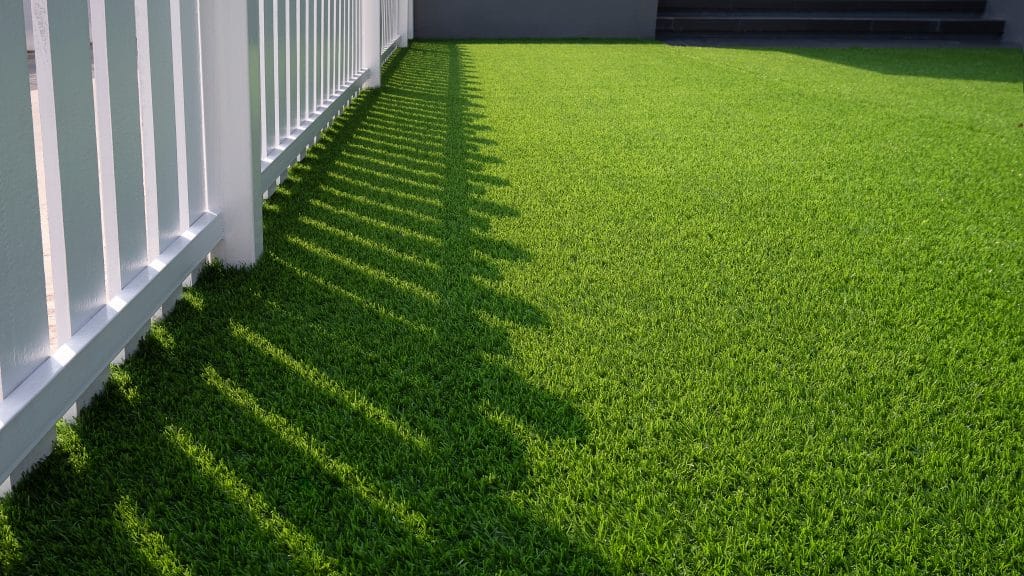
Artificial turf is durable and can withstand heavy foot traffic, making it an ideal choice for sports fields and playgrounds. Unlike natural grass, which can be easily damaged by heavy use, artificial turf can maintain its appearance and function for many years. This makes it an excellent choice for families with children and pets, as well as for commercial applications.
Water Conservation
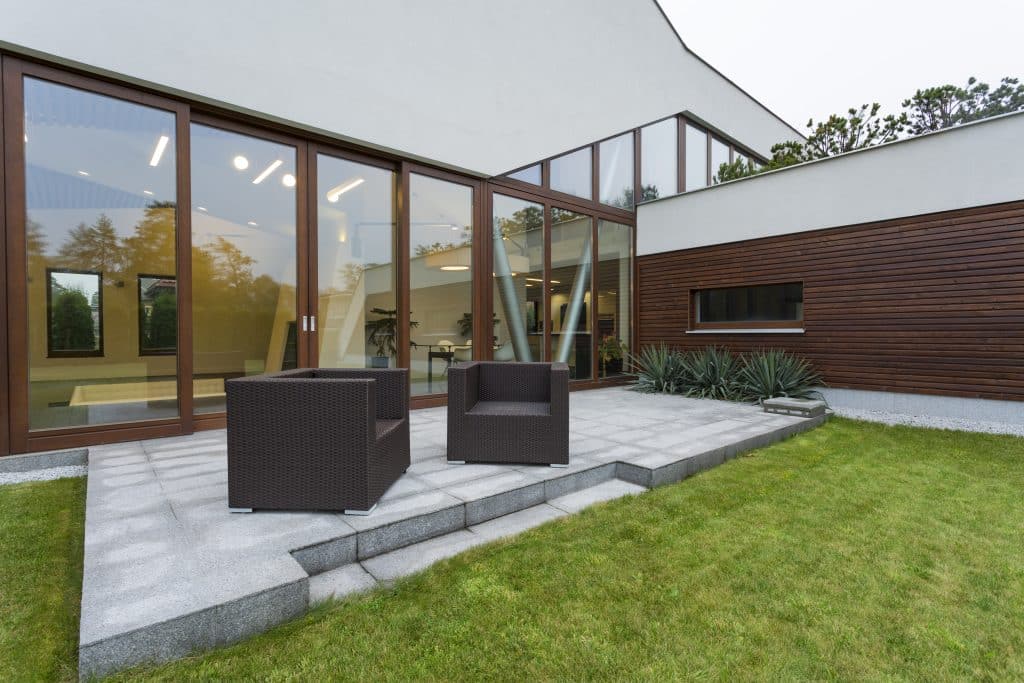
Since it doesn’t require watering, artificial turf can help conserve water and reduce water bills. According to the Environmental Protection Agency, outdoor water use accounts for nearly 30 percent of the average household’s water use. Replacing natural grass with synthetic grass can significantly reduce outdoor water consumption and help preserve this valuable resource.
Aesthetics

Artificial turf can look just like natural grass, enhancing the beauty of your outdoor space. With its lush, green appearance, synthetic grass can provide a fresh and inviting look to your yard year-round. It can also be customized to fit your specific needs and preferences, with options for shades of green and blade lengths.
Versatility

Artificial turf can be used in various applications, from residential lawns to commercial landscaping. It can be installed in any area that receives sunlight, including rooftops, balconies, and courtyards. It can also be used in sports fields, playgrounds, and other high-traffic areas and for decorative purposes in indoor spaces.
Cons Of Artificial Turf
Now that you know the benefits of artificial turf, it’s also essential to consider the potential downsides.
High Initial Cost
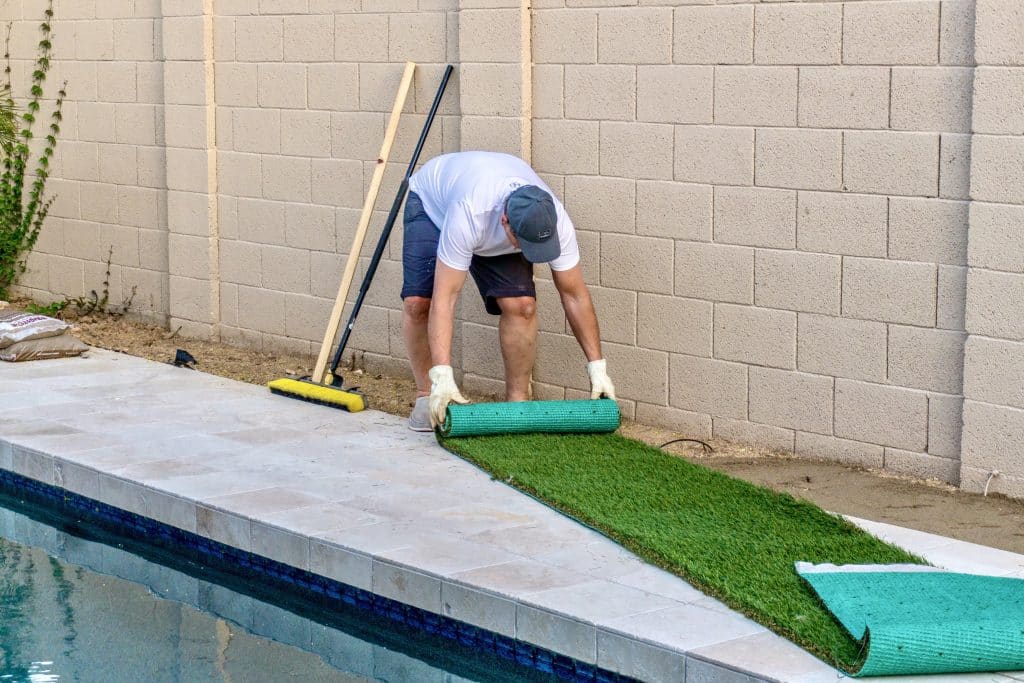
Installing artificial turf can be expensive, especially with a large lawn. While synthetic grass has decreased over the years, it remains more expensive than natural grass. However, it’s essential to consider artificial turf’s long-term benefits and savings, such as lower water bills and reduced maintenance costs.
Heat Retention
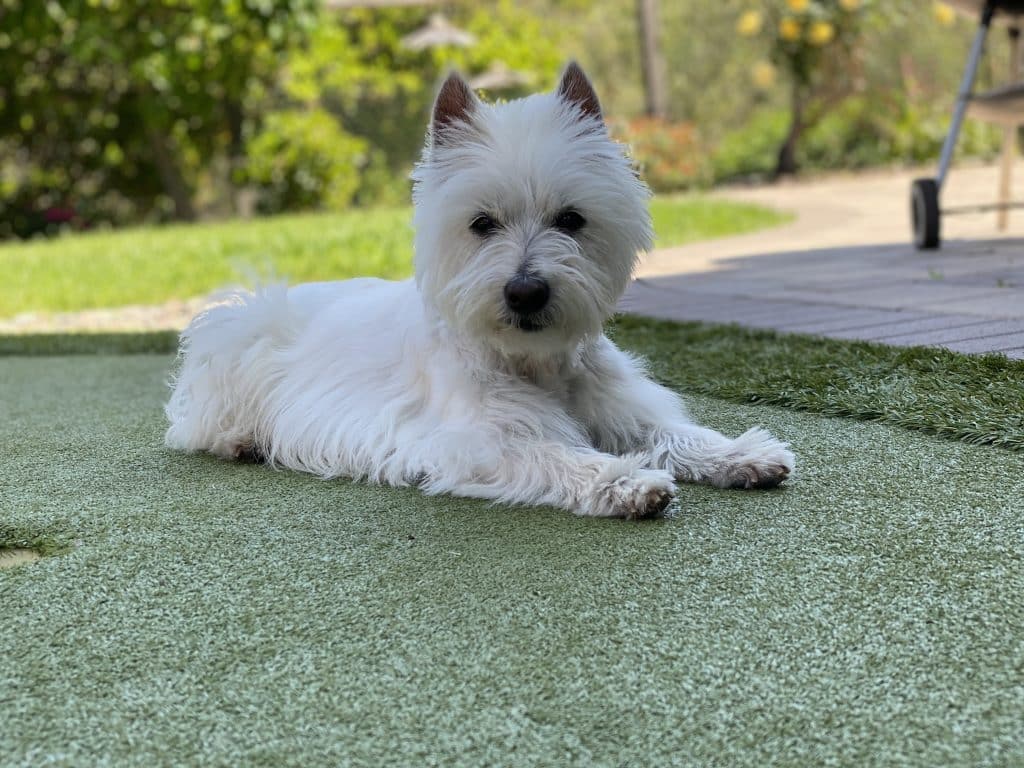
Artificial turf can get hot in direct sunlight, which can make it uncomfortable to walk on. According to a study by the University of California, synthetic grass can reach temperatures up to 86 degrees Fahrenheit on hot days, while natural grass typically stays below 70 degrees Fahrenheit. This can be a concern for families with children and pets who enjoy playing outdoors.
Environmental Impact
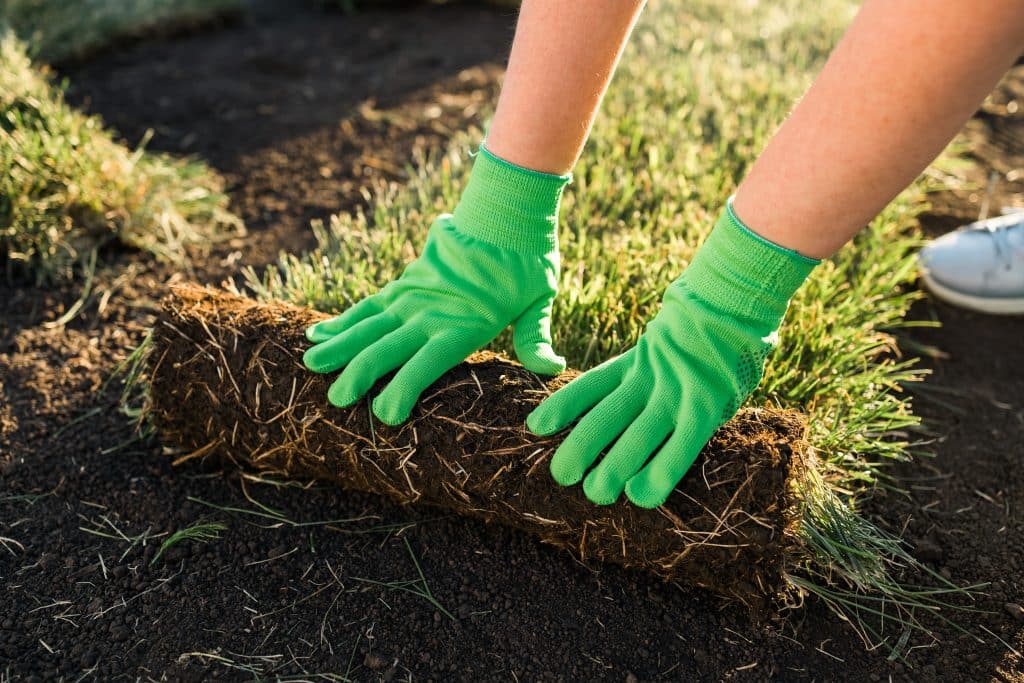
Artificial turf is made from plastic and is not biodegradable, which can have a negative impact on the environment. While some manufacturers have started using recycled materials to produce synthetic grass, most products still end up in landfills at the end of their lifespan. Additionally, producing artificial turf requires significant energy and resources, contributing to greenhouse gas emissions and other environmental issues.
Safety Concerns
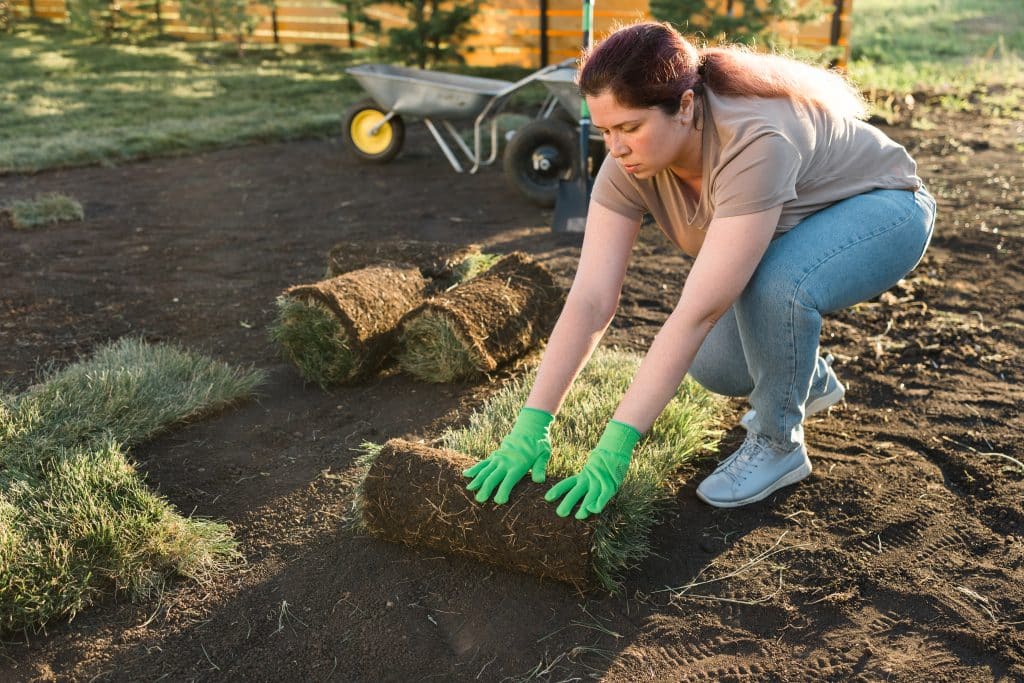
While some manufacturers have developed artificial turf with enhanced safety features, such as shock-absorbing pads and non-slip coatings, it’s important to consider these factors when choosing a product. Artificial turf can be more slippery than natural grass when wet, increasing the risk of falls and injuries. This is especially true for sports fields and playgrounds, where safety is a top priority.
Limited Lifespan
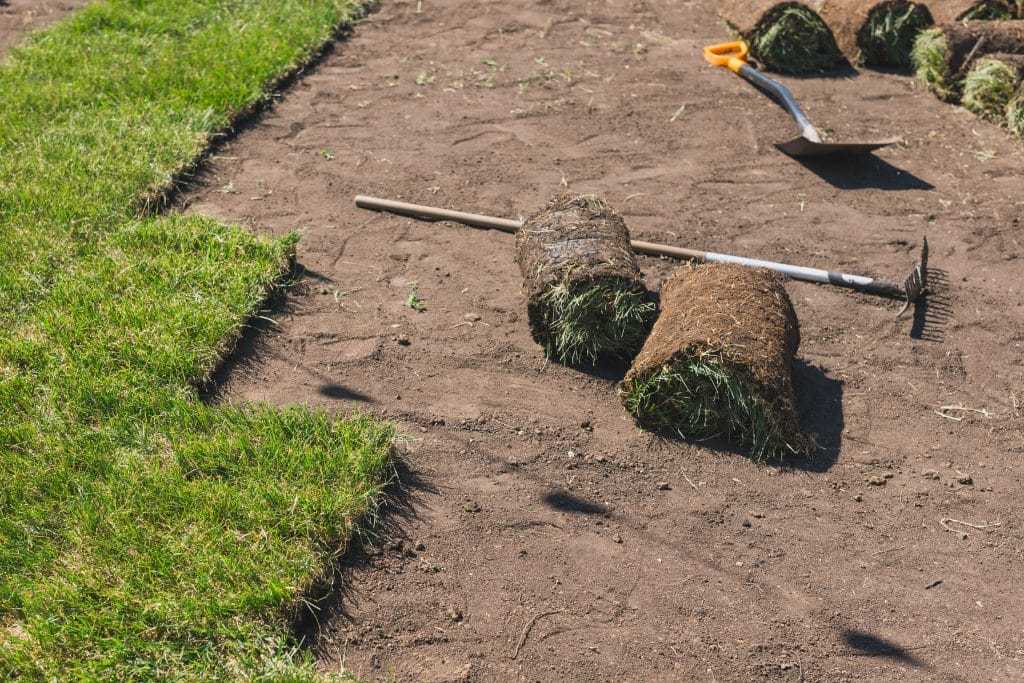
While artificial turf can last for many years, it will eventually wear out and must be replaced, which can be costly. The lifespan of synthetic grass depends on various factors, such as the quality of the product, the amount of foot traffic it receives, and the level of maintenance it receives. While some manufacturers offer warranties for their products, it’s important to consider the long-term costs of replacing your artificial turf when making your decision.
So Will You Get Artificial Turf For Your Lawn?
In conclusion, artificial turf offers a low-maintenance, durable, and aesthetically pleasing alternative to natural grass. It can help conserve water, reduce maintenance costs, and enhance the beauty of your outdoor space. However, it has drawbacks, such as high initial cost, heat retention, environmental impact, safety concerns, and limited lifespan. Ultimately, the decision to install synthetic grass will depend on your personal preferences, budget, and the specific needs of your outdoor space.
If you choose artificial turf, it’s important to choose a high-quality product and have it installed by a professional. If you prefer natural grass, there are still ways to reduce water and maintenance costs. Whatever option you choose, the most important thing is to create an outdoor space that meets your needs and reflects your style. With careful consideration and planning, you can create a beautiful and functional lawn that you and your family can enjoy for years.


